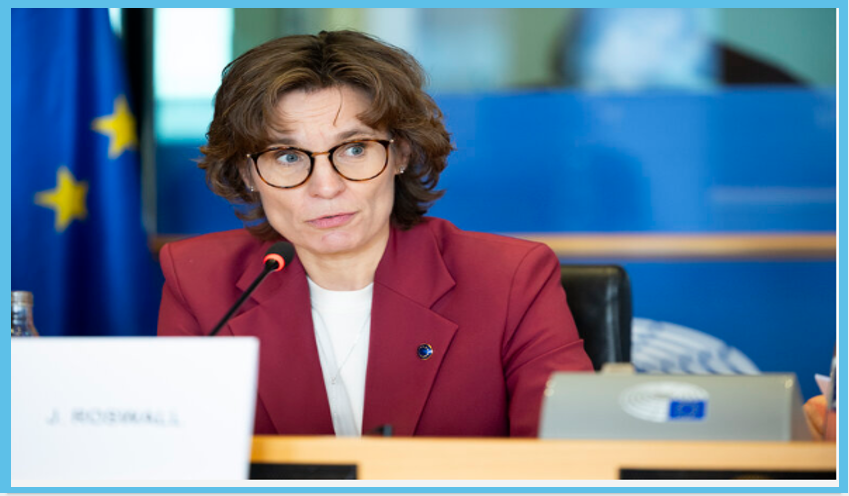The European Commission has adopted a forward-looking Ecodesign and Energy Labelling Work Plan (2025–2030), aimed at transforming product markets across the EU by embedding circular economy principles into core industrial sectors. The plan falls under the Ecodesign for Sustainable Products Regulation (ESPR), expanding sustainability requirements beyond energy efficiency to include durability, repairability, and recyclability.
Strategic Product Priorities
The first group of products prioritized includes:
- Steel and aluminium
- Textiles and apparel
- Furniture
- Tyres and mattresses
These sectors were selected based on their environmental impact and economic importance within the EU. The goal is to develop harmonized design rules that cut waste, lower emissions, and reduce overconsumption while fostering a level playing field across the Single Market.
Key Regulatory Tools and Measures
The new ecodesign framework introduces several mechanisms:
- Digital Product Passports to improve supply chain transparency and provide consumers with environmental information.
- Repairability scores and recyclability requirements, particularly targeting consumer electronics and appliances.
- Minimum thresholds for recycled content, spare part availability, and energy/resource efficiency.
- Updates to existing energy product rules under the legacy Ecodesign Directive, with final deadlines by December 31, 2026.
Commissioner Jessika Roswall, who oversees Environment, Water Resilience, and the Circular Economy, stated:
“This initiative marks a major step toward making the circular economy a reality on the ground and sustainable products the norm across the EU. We’re giving legal certainty to industries and creating space for innovation.”
Stakeholder Reactions and Oversight
The product selection was guided by data analysis, industry consultation, and input from Member States through the Ecodesign Forum. The Commission also pledged targeted support for SMEs and micro-enterprises as the new regulations are phased in.
However, some environmental groups have voiced concern over product omissions. Eva Bille, Head of Circular Economy at the European Environmental Bureau (EEB), warned:
“By leaving out entire product groups like footwear, paints, or chemicals, the Commission risks weakening the potential of the Ecodesign framework… At the very least it must set the highest possible standards – and close loopholes that let low-quality goods flood the EU market.”
Looking Ahead
Implementation will occur through delegated acts tailored to each product category, supported by full impact assessments and public consultation. The Commission emphasizes that early movers offering high-performance, sustainable products stand to benefit from the shift, with broader market opportunities expected across the EU.
The Ecodesign for Sustainable Products Regulation is part of the EU Green Deal and plays a central role in aligning Europe’s industrial base with climate goals, circularity, and global competitiveness.
Sources:
- European Commission, Ecodesign Work Plan 2025–2030
- European Environmental Bureau (EEB)
- Official press statements from Commissioner Jessika Roswall
- Ecodesign Forum stakeholder consultation summaries
Let me know if you’d like this tailored into a briefing note, policy memo, or sector-specific summary (e.g., for textiles, steel, or consumer electronics).
Jessika Roswall, Commissioner for Environment, Water Resilience and a Competitive Circular Economy Picture by Alexis HAULOT for European Union 2025 Source EP


